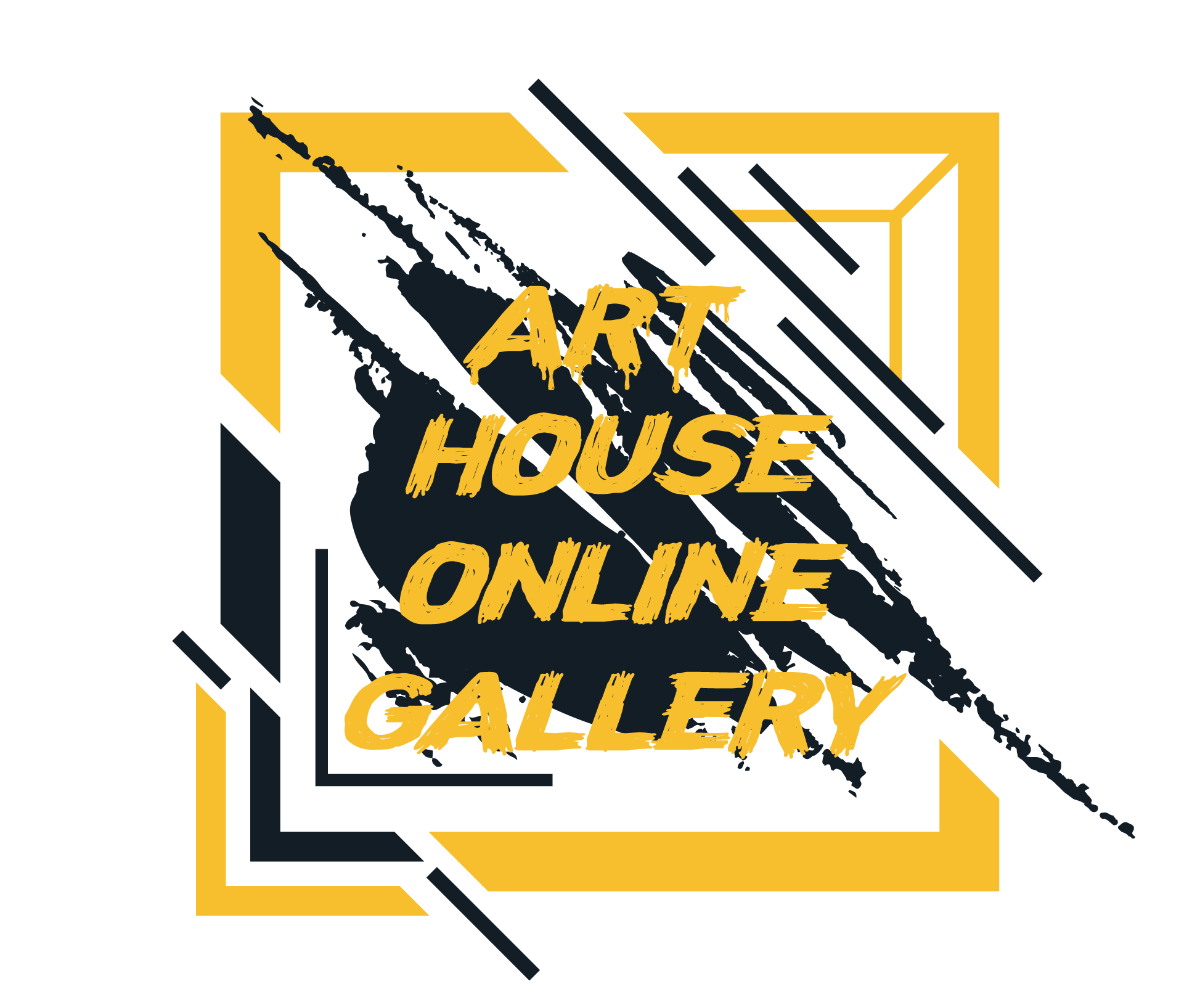Etching printmaking technique
Etching is a printmaking technique that involves using acid or another corrosive substance to create incised lines or textures on a metal plate, typically copper, zinc, or steel. The process allows artists to create detailed and intricate designs that can be reproduced multiple times as prints.
Here’s an overview of the etching technique:
- Preparation of the Metal Plate: The process begins with preparing a metal plate, usually made of copper, zinc, or steel. The plate is cleaned and polished to remove any surface imperfections or oxidation.
- Applying the Ground: A thin layer of acid-resistant material, called the ground, is applied to the surface of the metal plate. This can be a wax-based substance, such as asphaltum or beeswax, or a liquid ground, such as acrylic or bitumen. The ground is evenly spread over the plate using a roller or brush.
- Drawing the Design: Once the ground has dried, the artist uses a sharp tool, called an etching needle or stylus, to draw the design directly into the ground. The needle scratches through the ground, exposing the metal surface underneath.
- Etching: The metal plate is then submerged in an acid bath, typically a solution of nitric acid or ferric chloride. The acid corrodes the exposed metal areas, creating recessed lines or textures in the plate. The longer the plate remains in the acid bath, the deeper and wider the etched lines will become.
- Cleaning and Stopping Out: After a predetermined amount of time, the plate is removed from the acid bath and cleaned to remove the remaining ground and etching residue. Any areas that do not need further etching are covered with a varnish or stop-out solution to protect them from further corrosion.
- Inking and Printing: Once the etching process is complete, the plate is inked by spreading ink over its surface and then wiping away the excess, leaving ink only in the etched lines. The plate is then placed on a printing press, and dampened paper is pressed onto the plate with great pressure, transferring the ink from the etched lines onto the paper.
- Editioning: Multiple prints, or impressions, can be made from a single etched plate. Each print in the edition is numbered and signed by the artist to indicate its authenticity and value.
Etching allows for a wide range of artistic expression, from fine, detailed lines to bold, expressive textures. It is a versatile technique that has been used by artists for centuries to create prints with intricate designs and rich tonal variations.

